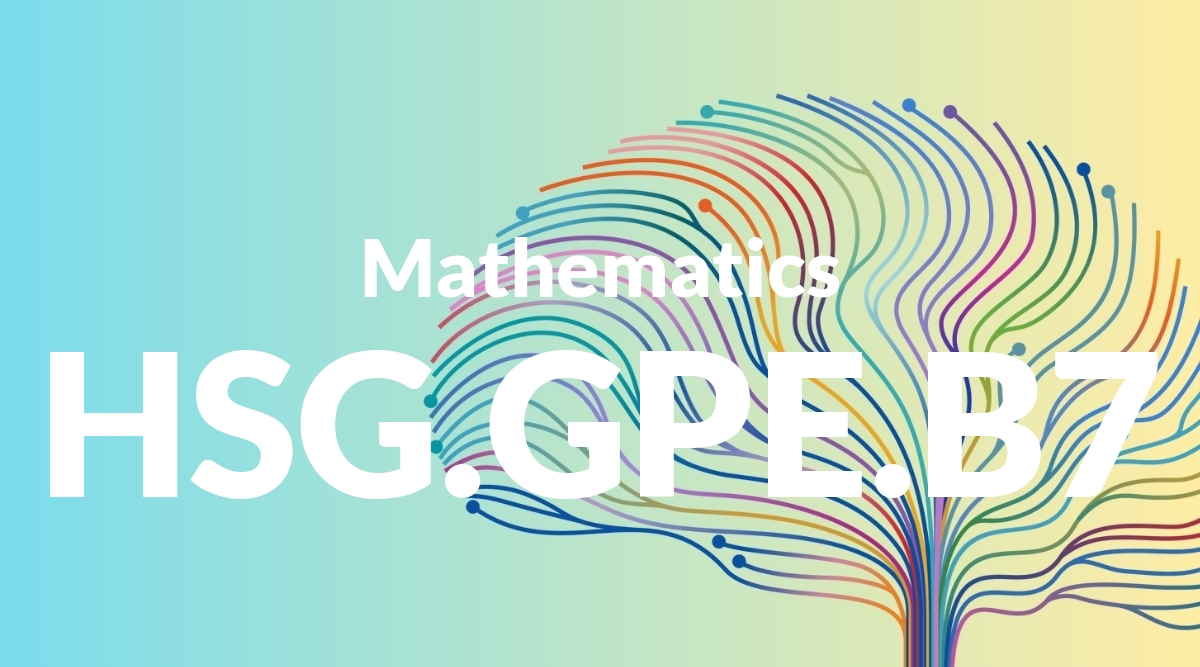Standard: 2.W.10 – (Begins in grade 3)
Grade level: Grade 2
Subject: English Language Arts
Domain: Writing
Teacher Overview
This standard focuses on introducing students to basic writing skills, which are foundational for their success in later grades. It emphasizes the importance of expressing ideas clearly and organizing thoughts in writing. Students should have basic skills in recognizing and writing letters, forming words, and constructing simple sentences. They should also be able to read and understand simple texts.
After mastering these skills, students will be able to write more complex sentences and paragraphs, use proper punctuation, and organize their thoughts more coherently in writing.
Common Misconception 1
A common misconception is that writing is solely about spelling words correctly. This is incorrect because writing encompasses a broader range of skills, including organizing thoughts and expressing ideas clearly.
Intervention 1
To address this, teachers can provide activities that focus on idea generation and organization, rather than just spelling. For example, brainstorming sessions and story mapping can help.
Common Misconception 2
Another misconception is that writing must be perfect the first time. This is incorrect as writing is a process that involves multiple stages, including drafting, revising, and editing.
Intervention 2
Teachers can introduce the concept of drafting and revising by showing examples of their own writing process and encouraging students to see mistakes as a natural part of learning.
Prerequisite Knowledge
Students should be able to recognize and write letters, form basic words, and construct simple sentences. They should also have basic reading comprehension skills.
Subsequent Knowledge
Students will develop the ability to write more complex sentences and paragraphs, use proper punctuation, and organize their thoughts more coherently in writing.
Instructional Activities
- Writing simple sentences about their day.
- Creating short stories with a clear beginning, middle, and end.
- Writing letters to friends or family members.
- Describing a favorite book or movie in a few sentences.




